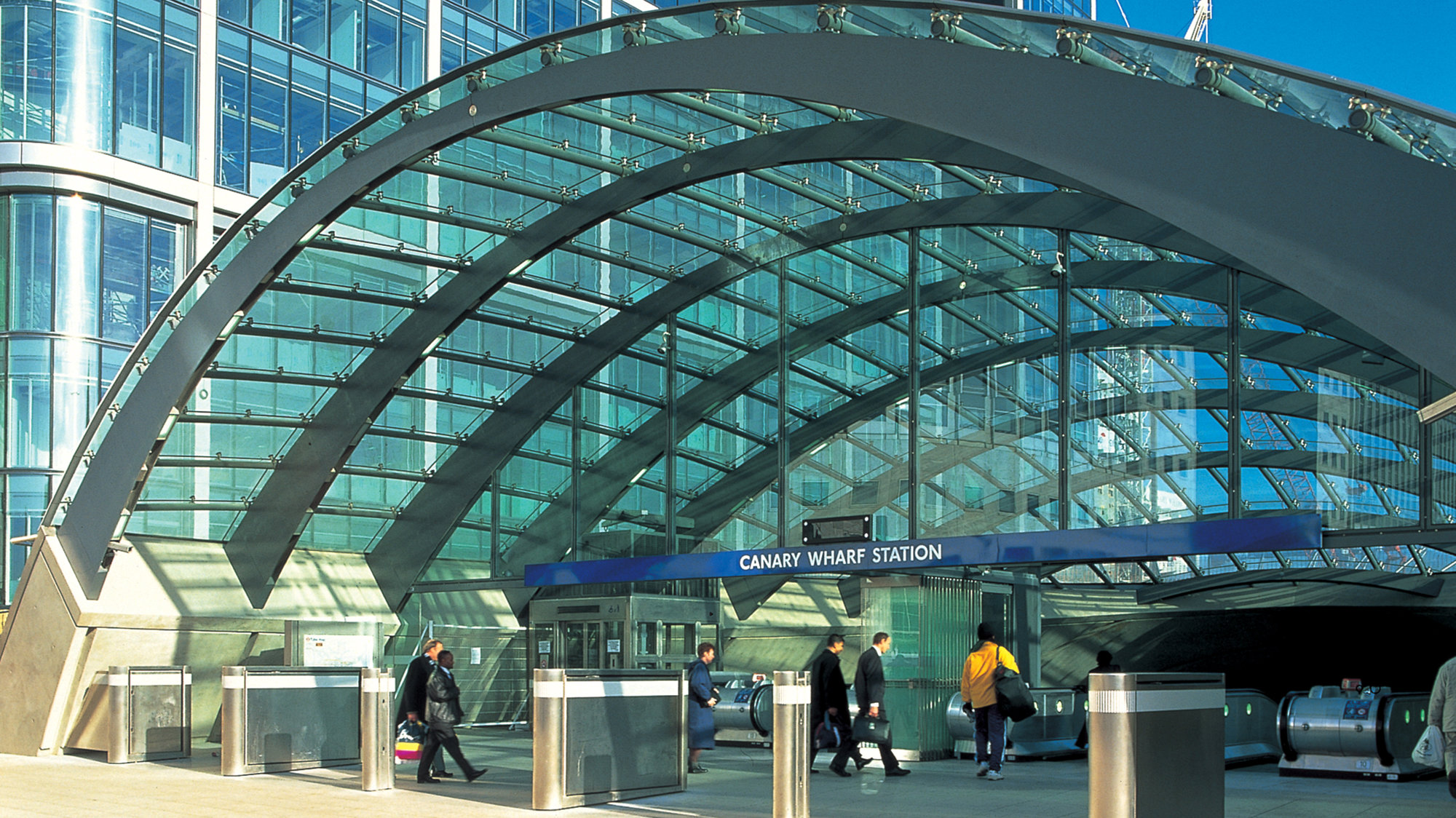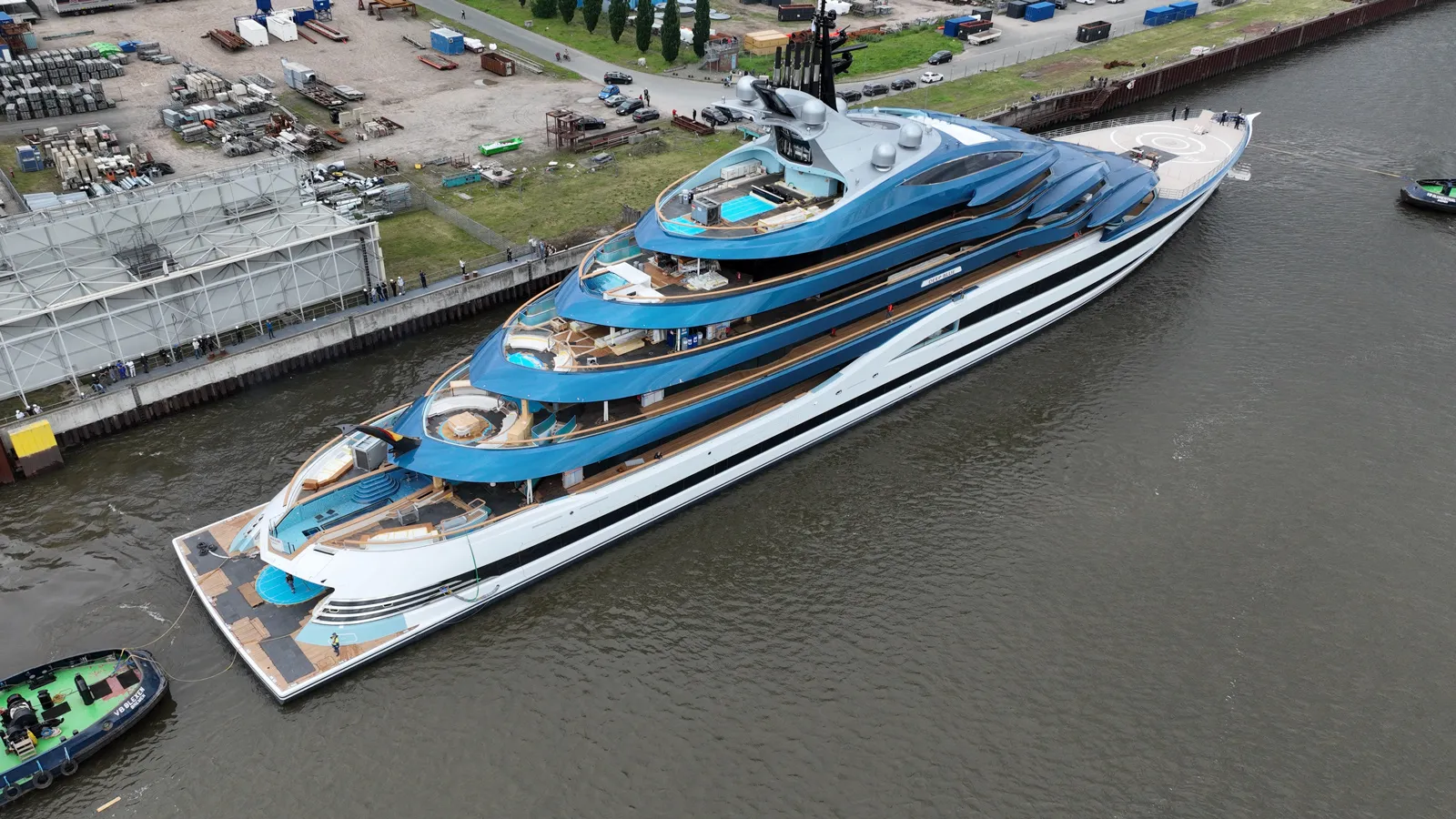
Isoclima
06/07/2022
Share this post

The aerospace sector is fraught with challenges and hazards that pilots must carefully navigate. One such hazard is a bird strike, the term used to describe the impact between an aircraft and a bird, often resulting in significant damage to both the aircraft and its crew.
On November 22, 2021, a bird strike incident occurred involving the Leonardo AW169 N307TC air ambulance of STAR Flight (Travis County Emergency Medical Services). The helicopter collided with a vulture near Austin, Texas, during a critical patient transport mission.
This incident was not part of an aerospace exercise but involved the transportation of injured passengers. The extraordinary and dangerous impact was mitigated by the certified resistance of Isoclima glass, which was installed on the Leonardo AW169.
The Dynamics of the Leonardo Air Ambulance Bird Strike
Before the impact, a medical crew member spotted the bird, which continued on its flight path. To avoid a direct bird strike, the pilot maneuvered left to prevent the bird from crashing into the right front windshield. This action minimized the severity of the impact, which occurred a few seconds later in a less vulnerable position for the onboard personnel.
Following the collision, the pilot in command decided to divert the landing from Seton Main Hospital to the STAR Flight Hangar Helipad (TE94), located just over a minute away from the collision site.
Bird Strike: Designing Glass to Withstand Bird Collisions
The helicopter landed safely, ensuring the protection of both the rescued passengers and the flight crew. The positive outcome was attributed not only to the pilot’s swift reaction but also to the high-performance glass that prevented the bird from breaching the cockpit.
Upon landing, the Leonardo AW169 displayed the following damage:
- Damage to the right front windshield
- Cracked windshield support beam
- Cracked greenhouse window
- Undetermined surface damage to the main rotor blade
To withstand bird strikes, the glass installed on the AW169 must comply with CS-29 Amendment 2, dated November 17, 2008. According to this amendment, the primary requirement mandates that the aircraft must be capable of continuing flight and ensuring a safe landing after a collision with a 1 kg bird.
Vultures, however, are significantly larger birds, weighing between 0.8 and 2.41 kg—far exceeding the weight outlined in CS-29 regulations.
Our glass surfaces successfully withstood a violent impact, exceeding certification requirements. This was a crucial event for us, as it played a vital role in saving lives.


